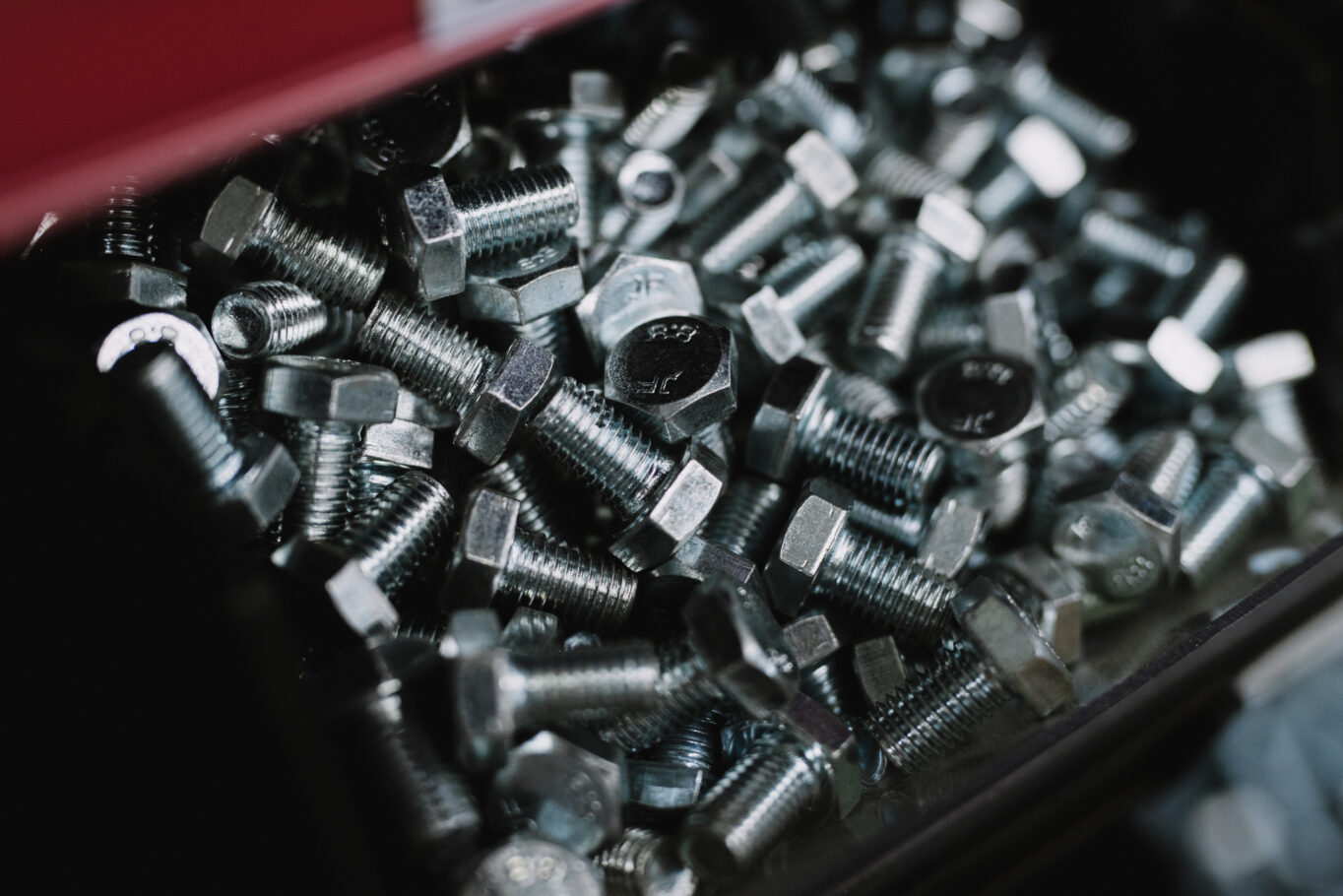
Screw standards. Types, differences and significance
Screw standards constitute a key aspect in the design and production of fastening elements such as screws and nuts. Proper designations and strength classes are extremely important to ensure safety and reliability of structures in various fields, including construction and mechanics. In this article, we will discuss the applicable standards for screws, including DIN, ISO and GOST standards, as well as their differences and significance for the industry.
What are the applicable standards for screws?
The applicable standards for screws regulate standards concerning dimensions, strength and quality of materials from which they are manufactured. We distinguish several key standards, including DIN, ISO and GOST standards. Each of them has its own specifications regarding screw class, thread type and materials that can be used, such as stainless steel or carbon steel. Depending on the application, you can encounter different strength classes, such as 5.8, 8.8, 10.9 and 12.9, which determine yield strength and tensile strength. These standards help in selecting appropriate fastening elements for specific applications, which is crucial for structural safety.
In practice, knowledge of applicable screw standards is essential for engineers and designers who must appropriately select fastening elements for their projects. Many of these standards are international, which facilitates cooperation between manufacturers and users worldwide. Additionally, these standards are often updated to incorporate new technologies and materials, which emphasizes their importance in modern industry. Thanks to these regulations, it is possible to achieve the required level of quality and strength, as well as ensure durability of screws and nuts in various atmospheric and mechanical conditions.
DIN Standards
DIN standards (Deutsches Institut für Normung) are German standards that have enormous significance in the European industry. They cover a range of standards concerning various types of screws, such as hex head screws or screws with metric threads. Examples of DIN standards include DIN 931 and DIN 933, which define dimensions, strength and screw designations. Thanks to these standards, it is easier for manufacturers to produce fastening elements that meet specific quality and strength requirements. These standards also help in standardizing production processes, which contributes to cost reduction and increased efficiency.
It’s worth noting that DIN standards are often used in combination with other standards, which allows for even more precise determination of requirements for different types of screws. For example, in the case of cylindrical head screws, DIN standards define both dimensions and strength class, which is crucial for ensuring safety in construction applications. These standards are also used to classify screws based on their hardness and plasticity, which is significant in the context of their application under various load conditions. Thanks to DIN standards, engineers can precisely determine the mechanical properties of screws and nuts, which contributes to better design and implementation of structures.
ISO Standards
International ISO standards (International Organization for Standardization) are another important set of standards that regulate the production of screws and nuts. These standards aim to ensure uniformity and quality of fastening elements worldwide. ISO standards cover various aspects such as screw designations, strength classes and materials from which they are manufactured. For example, these standards define screw strength classes such as 8.8, 10.9 and 12.9, which are crucial for assessing their ability to withstand loads and working conditions. Thanks to these standards, engineers can precisely select screws for specific applications, which is essential in many industries, including construction, automotive and aviation.
ISO standards are also important for manufacturers who must comply with specific requirements so their products can be sold in international markets. Additionally, these standards are regularly updated to respond to the needs of the changing market and technological innovations. The application of ISO standards in screw and nut production contributes to increased quality and safety of these elements, which is crucial for their reliability in various applications. Understanding these standards and their significance is essential for anyone working in the manufacturing, design or engineering industry.
GOST Standards
GOST standards are Russian standards that regulate the production and quality of fastening elements, including screws and nuts. GOST standards cover various aspects such as strength classes, materials and screw dimensions. GOST designations are often used in the construction and machinery industry, which makes knowledge of these standards essential for engineers and designers working in these sectors. Thanks to GOST standards, it is possible to ensure appropriate quality and safety of fastening elements, which is crucial in the context of their application in various atmospheric and mechanical conditions.
GOST standards are also subject to regular updates to adapt them to changing market needs and technological progress. It’s worth noting that in many cases, GOST standards are similar to DIN and ISO standards, which facilitates international cooperation. In practice, knowledge of these standards is crucial for companies that want to introduce their products to the Russian market and other countries where these standards are applied. Thanks to this, engineers and designers can effectively select screws and nuts for their projects, ensuring durability and safety of structures for years to come.
- Information for Customers - 7 November 2025
- Wood screws – selecting length and thread type - 29 October 2025
- Rivet Nuts – sizes, types, and how to use them - 29 October 2025